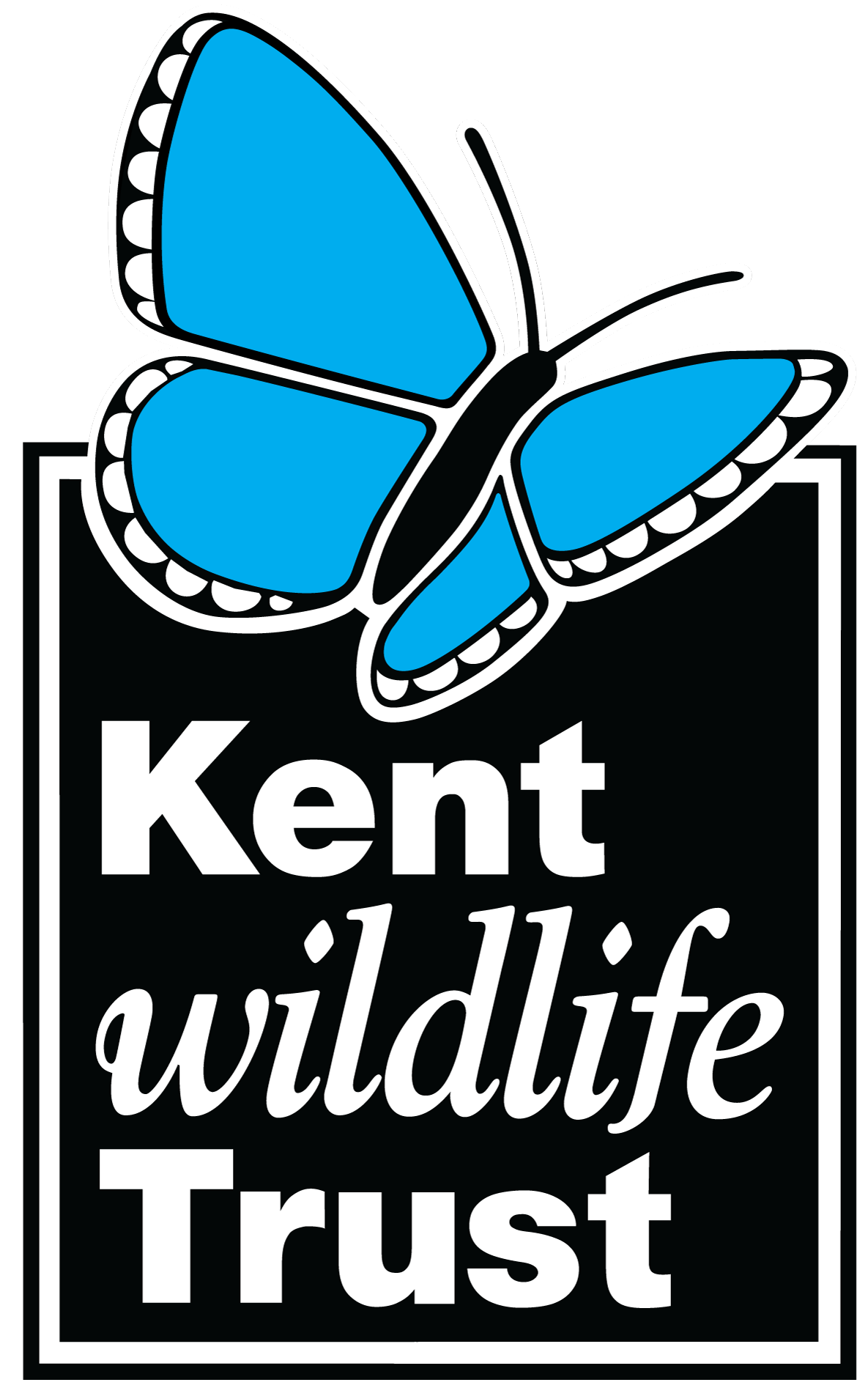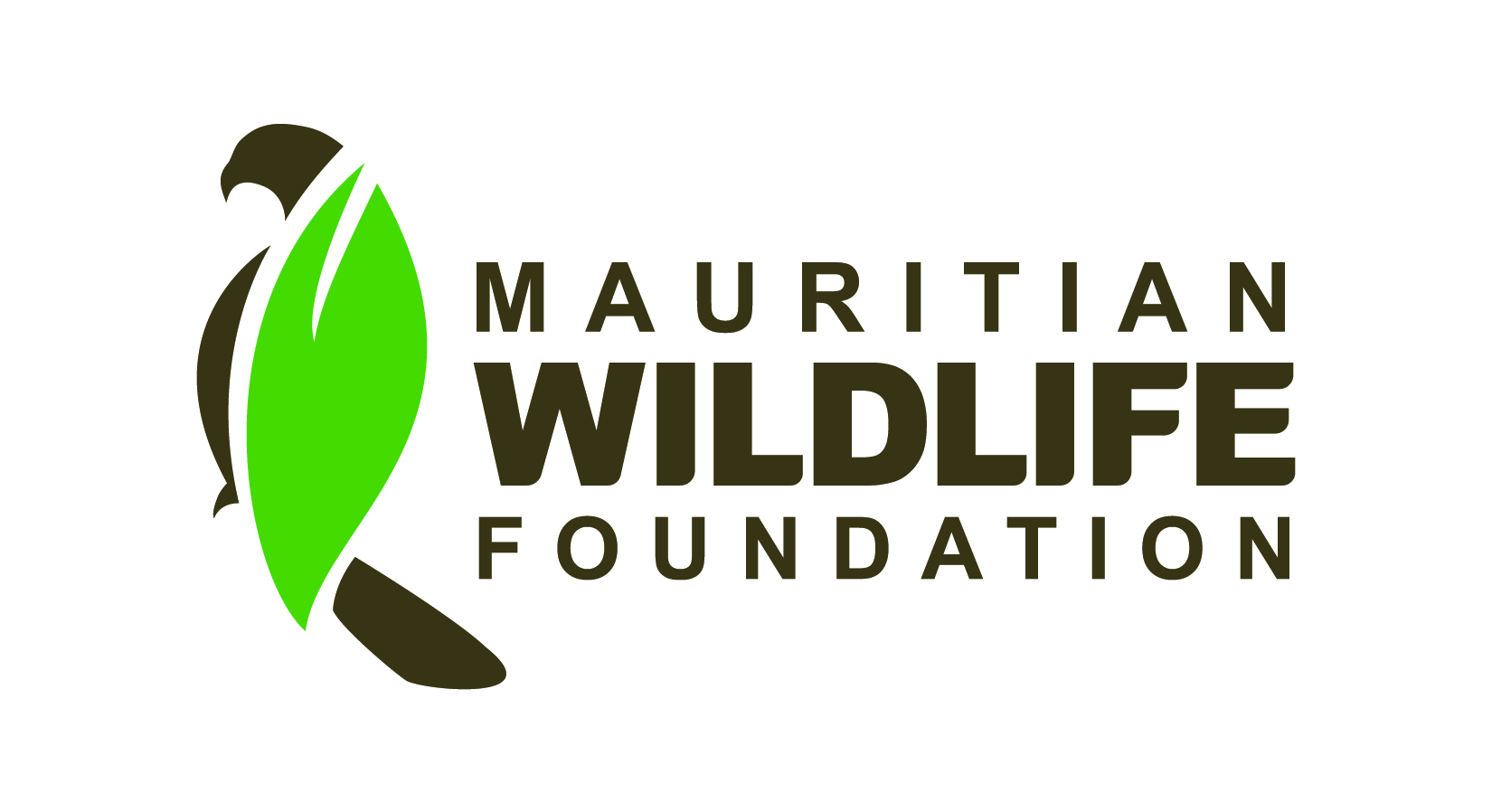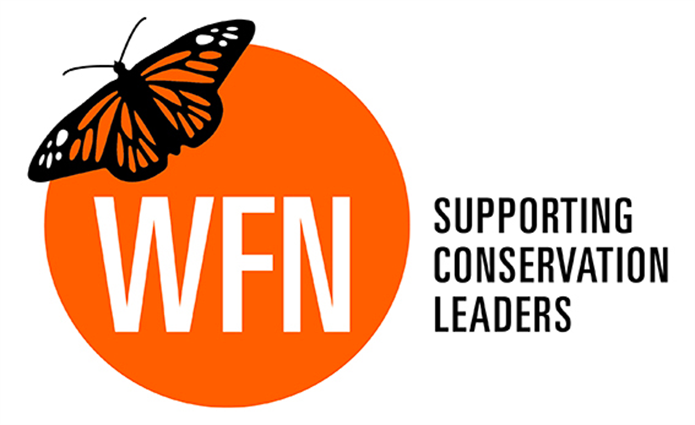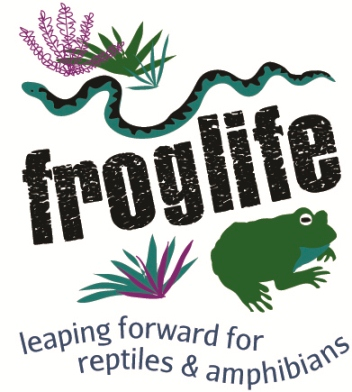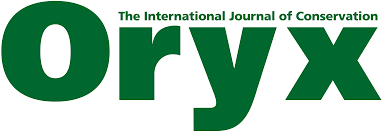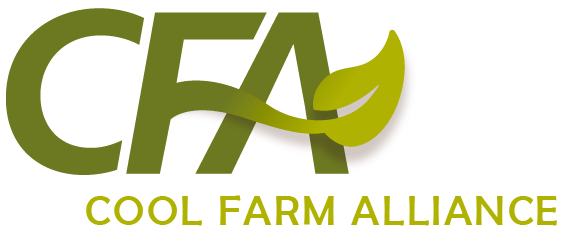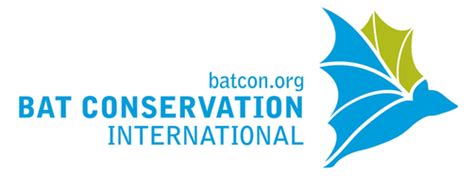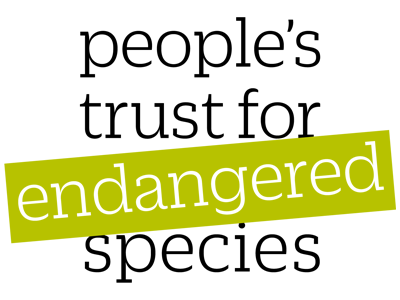Effects of mowing on the composition of Baltic salt-meadow communities
-
Published source details
Vestergaard P. (1985) Effects of mowing on the composition of Baltic salt-meadow communities. Vegetatio (now Plant Ecology), 383-390.
Published source details Vestergaard P. (1985) Effects of mowing on the composition of Baltic salt-meadow communities. Vegetatio (now Plant Ecology), 383-390.
Summary
In Denmark many salt marshes and salt meadows are grazed by cattle and sheep and, though declining in recent decades, is still widespread and of economic importance. Mowing for hay is far less important and now practiced only very locally in brackish meadows; this was more widespread in former days along the Baltic coast, but generally died out by the end of the 1950's. As a result of the declining agricultural use of the salt marshes, the need of management for conservation purposes has increased. For practical or economic reasons, mowing may be a substitute for grazing. The present study, initiated in1979, investigates the effect of mowing with a scythe on the plant species composition and vegetation structure of different communities in a Baltic salt meadow; some preliminary results and trends appearing from the experiment are reported.
Study area: The salt meadow investigated is situated on the Ølsemagle Revle, a sandy off-shore barrier island southwest of the city of Copenhagen, Denmark. The island was formed around 1900, with a salt meadow developing on the sheltered side on the geolittoral zone. The meadow has never been used for agricultural purposes; tidal influences are low (tidal range<25 cm).
In August 1979, eight areas were selected within a section of the meadow; four (1-4) in a sea club-rush Scirpus (Syn: Bolboschoenus) maritimus area, and four (5-8) in a reed Phragmites/Scirpus area:
1 - upper geolittoral; dense red fescue Festuca rubra sward with scattered S.maritimus.
2 - upper-middle geolittoral; dense F.rubra sward with scattered S.maritimus.
3 - lower-middle geolittoral; S.maritimus swamp (height 70 cm) with sea aster Aster tripolium and creeping bent Agrostis stolonifera.
4 - lower geolittoral; S.maritimus swamp (height 1 m) with A.tripolium and A.stolonifera.
5 - upper geolittoral; dense F.rubra sward with P.australis (height 40-60 cm).
6 - upper-middle geolittoral; dense F.rubra sward with P.australis (height 60 cm).
7 - lower-middle geolittoral; P.australis swamp (height 90 cm) with A.stolonifera and S.maritimus.
8 - lower geolittoral; P.australis swamp (height 150 cm) with scattered S.maritimus and A.stolonifera.
Vegatation sampling: Within each, a permanent 5 × 10 m plot was established and divided into a control and a mowing subplot. Vegetation was analysed prior to commencement of cutting and subsequently each year in August. Frequency and cover of each species were estimated, and a sample the number and length of shoots of Phragmites and Scirpus were counted.
Mowing: The mowing was carried out by the traditional method using a scythe. To assess if removal/leaving cut material in situ would influence vegetation response, cut material was left in half of each mown subplot. However, in practice much of this appeared to be removed by wind and flooding in winter, so this aspect of the investigation is omitted.
Changes in vegetation composition from 1979 to 1982: The most distinct changes in composition have been changes in relative importance of species already present in the initial vegetation. The resistance is found to be highest in the upper parts of the geolittoral, and lowest in the P.australis swamp.
In the upper geolittoral areas (1 to 5) the vegetation generally remained unchanged. The status of the dominant species, F. rubra (and P. australis in area 5) was largely unchanged. There were however large increases among some initially subordinate species, especially saltmarsh rush Juncus gerardii and perennial sow-thistle Sonchus arvensis, and to a lesser extent A.stolonifera; lesser sea-spurrey Spergularia marina also increased significantly in area 3.
The general character of the S.maritimus swamp also remained fairly unchanged, but the P.australis swamp changed considerably: Smaritimus showed in both stands an increase in ‘importance value’ (i.e. a value calculated from frequency and average cover) and shoot density, and some decrease in average shoot length; Phragmites decreased in ‘importance value’, shoot density and shoot length; A. stolonifera increased significantly in both stands.
Ongoing investigations: Over the three year period, an equilibrium in the plant communities in response to scything has not yet been reached and it is not known how long this will take, and whether this will be a gradual or abrupt process. This study is planned to be continued for at least another four years.
Note: If using or referring to this published study, please read and quote the original paper, this can be viewed at:
http://springerlink.metapress.com/content/l757512463568x33/fulltext.pdf
Output references
|
|

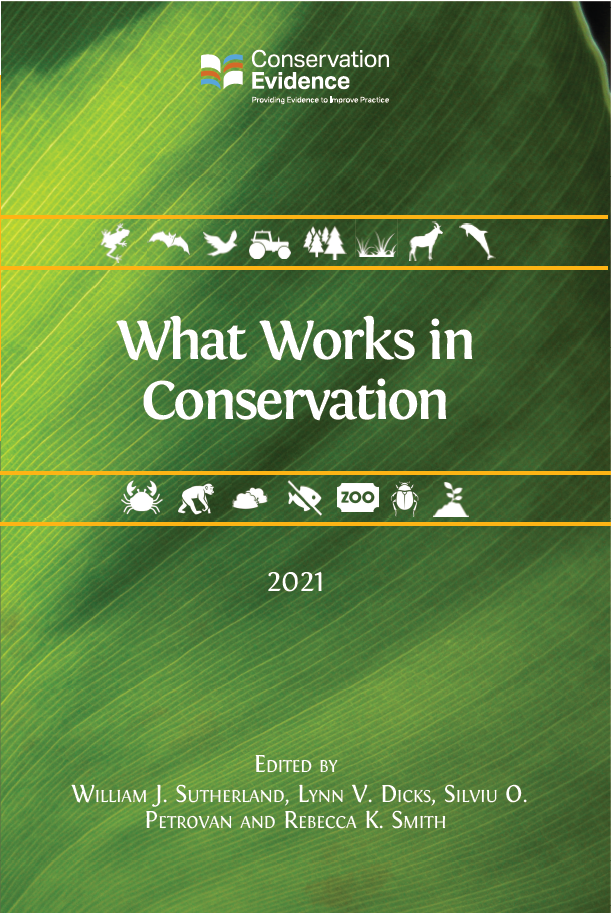
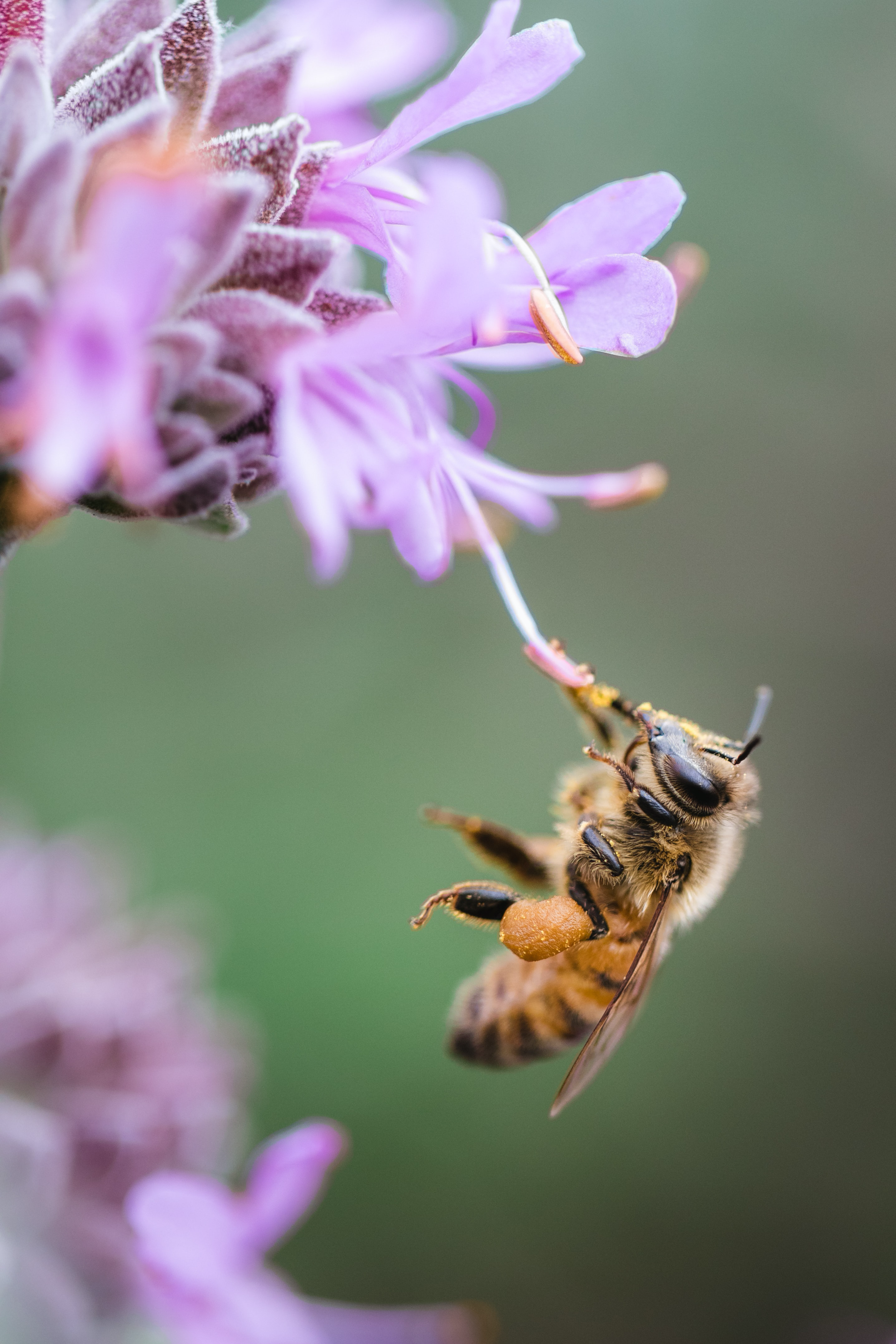


)_2023.JPG)
